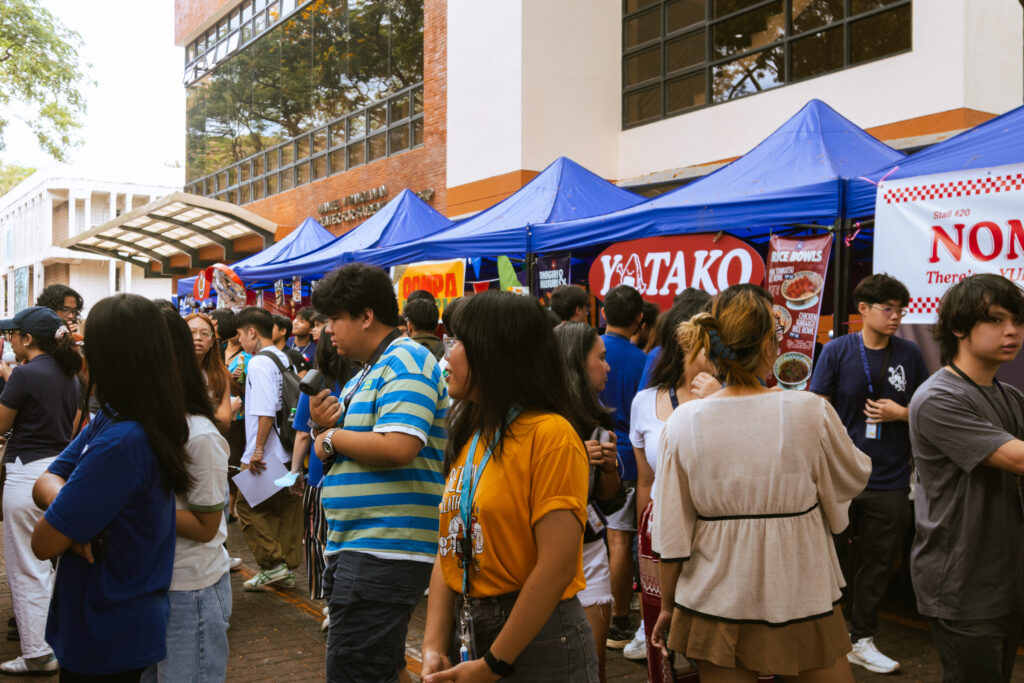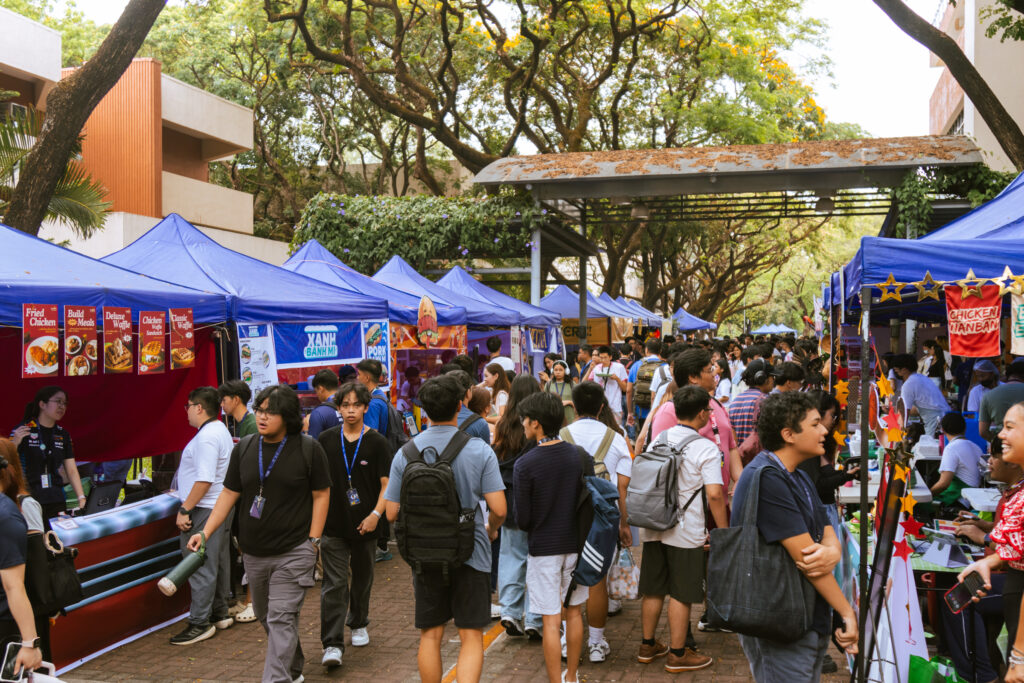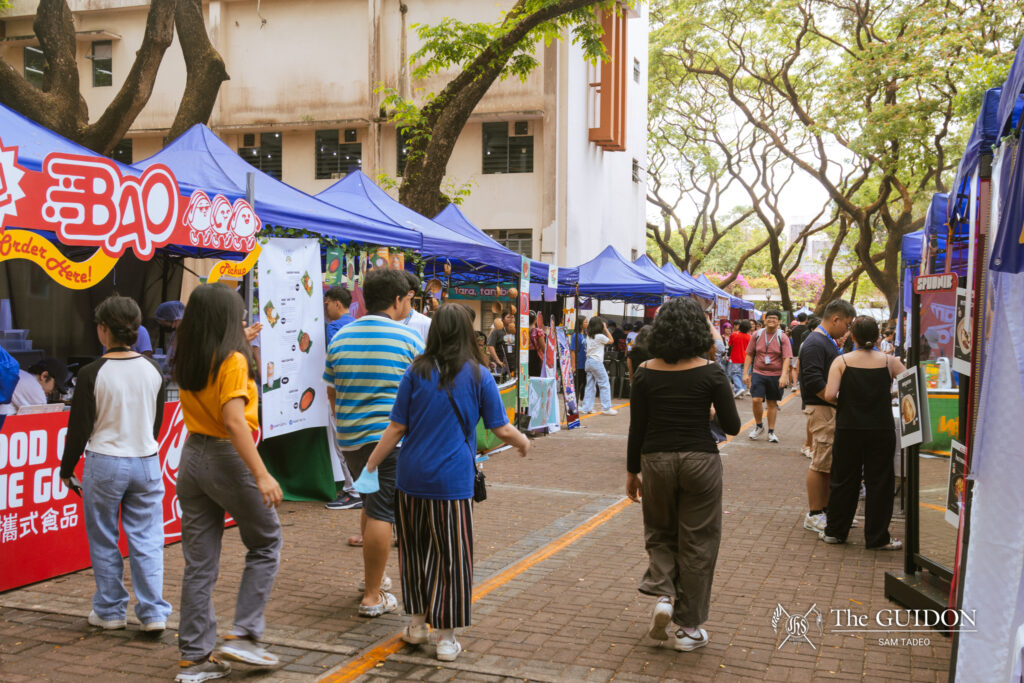Everyone always has something to say about food, especially with the local dining scene becoming more and more explorative. Here, three foodies from three different generations—a Loyola Schools professor, an Ateneo de Manila University alumna, and a current student—share their insights on what a decade of food trends eventually boils down to.
Baby Boomer: Fernando Zialcita, PhD
Fernando Zialcita is the Program Director of the Ateneo Social and Cultural Laboratory at the Ateneo de Manila University and Professor Emeritus from the Department of Sociology and Anthropology.
Age?
I’m over 70.
How did you become a foodie?
It started when I was a child, but my love for the process developed when I had to cook for myself in the dorm.
Favorite cuisine and dish?
Filipino food like sinigang, but I like others too, such as Italian, among others.
Favorite restaurants?
Wildflour, Barcino, Gypsy Gourmet Cafe, among others.
Best dish you’ve ever tried in the Philippines?
I don’t think in those terms, but I appreciate the way Chef Claude Tayag serves Kapampangan food. Some standout dishes include his fish with mustasa leaves and fermented rice as well as his tibok-tibok (dessert made of coconut and carabao milk).
For Zialcita, the definition of good food is threefold: Fresh ingredients, a balanced blend of flavors in the dish—“nothing oily”—and clean, aesthetic presentation. In the Philippines, he believes that the young aren’t exposed to this early on. Growing up, kids prefer dishes like Filipino spaghetti, which is primarily made up of sweet tomato sauce and sliced hotdogs, as well as fast food dishes from chains like McDonald’s.
In response to this, Zialcita hopes for Filipinos to more actively support the slow food movement, a trend that highlights local ingredients and cooking. The growing support for this concept originated from Italy, but it is quickly spreading worldwide.
But our love for local ingredients has to start with a love for Filipino food–which is also a love in progress. “Interest in understanding local food only started around the ‘70s,” Zialcita notes. This was when more gourmet Filipino restaurants like Cafe Ysabel and Cafe Adriatico were established. During these early years, Filipino cuisine was associated with traditional home cooking, but since then, local staples have gradually evolved into more complex, contemporary dishes. For instance, classic sinigang and pork sisig have been reinvented by local restaurant Locavore into sizzling sinigang and oxtail sisig.
Zialcita notes that in the last 10 years, Filipino food has embraced its diverse flavors. “Chefs have been playing with ethnic recipes from different parts of our country [like] Maguindanao, Cebu, Sulu, and more,” he adds. In fact, Chele Gonzalez, a prominent chef in the local food scene and founder of Gallery by Chele, frequently features ingredients from Negrito—specifically, Aeta—cuisine. According to Zialcita, Chef Gonzalez aims to not only show the beauty of the forest in his cooking but also what we stand to lose if we do not protect our environment.
The current ecological crisis is another important development that affects food. “Consumption is a big impact on the environment, and fortunately, younger generations are more aware and more sensitive to the nuances of food,” Zialcita says. “People used to go crazy over beef. Though that’s still present, there’s also the countertrend of veganism.” In the coming years, he hopes that ecologically oriented cooking is sustained and developed so that everyone can continue to enjoy delicious, quality food without endangering the country’s resources.
Millennial: Sasha Lim Uy Mariposa
Sasha Lim Uy Mariposa is the Managing Editor of Summit Media’s Esquiremag.ph.
Age?
I’m 29.
How did you become a foodie?
I’ve always been a big eater and very particular with what I want. I also started working as a food writer when the restaurant landscape boomed in 2012.
Favorite cuisine and dish?
My go-tos are Japanese, Italian, Filipino, and Vietnamese. I really like katsudon.
Favorite restaurants?
Locavore, Minamisaki, Gallery by Chele, Din Tai Fung, Bar Pintxos.
Best dish you’ve ever tried in the Philippines?
Yakiniku platter from Miyazaki-Gyu.

As a food writer exposed to many different dishes, cuisines, and cooking styles, Mariposa is no stranger to what makes good food. “Its definition depends on the person. Food evokes memories, and the ones that affect you the most may not be the best,” she says. “However, an important factor is value for money—not necessarily affordability. People say Bun Appetit’s rolls are so expensive, but they import Maine lobsters every day, so you have to take into account their capital too.” With so much to consider, what then, keeps people coming back to the restaurants and dishes they love?
Locally, one factor that affects her generation’s food preferences is social media. Mariposa mentions that specific food items such as ube, milk tea, and souffle pancakes have recently become very popular among millennials and the younger generations due to their social media presence. “There’s more gimmick now than there ever was,” she points out, referring to Instagram photos of giant milkshakes and overloaded burgers whose taste may not live up to their aesthetic.Older generations may go for the classics and experiment a little bit taste-wise, but Mariposa admits millennials can be more easily influenced by these trends.
However, when you look at the Philippine dining landscape on a bigger scale, Filipino food stands out, too. Mariposa asserts that Filipino food and heritage was the biggest trend in the last decade—not just locally, but also globally, as Filipino chefs have begun to make their mark beyond our borders. To name a few, Tony Boy Escalante of Antonio’s Tagaytay and Margarita “Gaita” Forés of Cibo have both been recognized as top Asian chefs. And more recently, the homegrown cookbook The New Filipino Kitchen: Stories and Recipes from Around the Globe (2018) even bagged first runner-up in the 2019 Eric Hoffer Book Awards.
“In recent years, there has been a much more concerted effort to promote not just the cuisine, but even agriculture and local culture,” Mariposa observes. “Local now is very in. People like using local ingredients and having direct connections with farmers.” In the following decade, she hopes that supporting local will continue to be popular, and that affordable, chef-driven concepts grow–allowing Filipinos to have more access to quality, homegrown food.
Generation Z: Wesley Ong
Wesley Ong is currently president of Cuisina, an organization under Ateneo de Manila University’s League of Independent Organizations.
Age?
I’m 21.
How did you become a foodie?
I would help my mom out in the kitchen when I was younger, and it made me like exploring and experimenting with food.
Favorite cuisine and dish?
Japanese ramen.
Favorite restaurants?
Santouka Hokkaido for ramen.
Best dish you’ve ever tried in the Philippines?
Slow-cooked beef brisket by Hog’s Haven, located in Quezon Avenue.

Wesley Ong believes that a memorable dining experience involves more than just the dish. “The atmosphere changes how you enjoy your food. The dish itself has to be good, but it also has to be fitting for the occasion and setting,” he says. Ong’s appreciation of a complete dining experience explains why he prefers cuisines with technical cooking styles and an emphasis on service, such as French and Japanese. “However, good food isn’t only available in a fine dining setting,” he notes. “As long as anyone—the chef, your mom, you—put effort into what’s served, there’s the same level of enjoyment.”
For Ong, there’s definitely more creativity and openness to food now than ever before–and like Mirasol, he chalks it up to social media. “A lot of current food trends like matcha-flavored desserts and milk tea are visually pleasing. I would say the younger generation is more affected by the aesthetics of a dish,” he observes. Ong mentions how beautiful dishes can turn out unappetizing, while seemingly unappealing ones like sisig taste great. Though these creative social media food shots quickly capture Generation Z’s interest, Ong believes Filipinos don’t care too much about aesthetics, especially when eating with family. “The goal is to spend time with loved ones,” he says. “The food is just there to bring everyone together.”
Mealtime togetherness aside, Filipinos are also growing more keen on culinary artistry. “For me, the recent trends have one thing in common: A deeper appreciation of the process,” Ong remarks. Here, he references Eating Your Feed, a popular Youtube series by BuzzFeed, which features amateur chefs who try to recreate social media food trends. Most of the time, these dishes are difficult to make, even when a recipe is strictly followed. These videos then put into perspective the hard work that goes into creating a dish. “Trends are shifting towards appreciating the chef and understanding food,” Ong claims.
The past ten years have brought about a lot of developments in the Philippine dining landscape, and they’ve equally impacted Baby Boomers, Millennials, and Generation Z. Now, people are more aware of their ecological impacts, causing the fast food culture to shift towards slow food. Others have become more and more attracted to the local food scene, even with the ubiquity of foreign chains and restaurants. And more still have had their tastes and tables influenced by social media menus in the age of technology. This is an era where food is no longer just about taste. Equally vital are the non-physical things that go into creating it: Effort, purpose, and passion. After all, food doesn’t just feed the body—it also nourishes the soul.
Photos courtesy of our interviewees
Graphic by Tan Yu Ling Fabro






